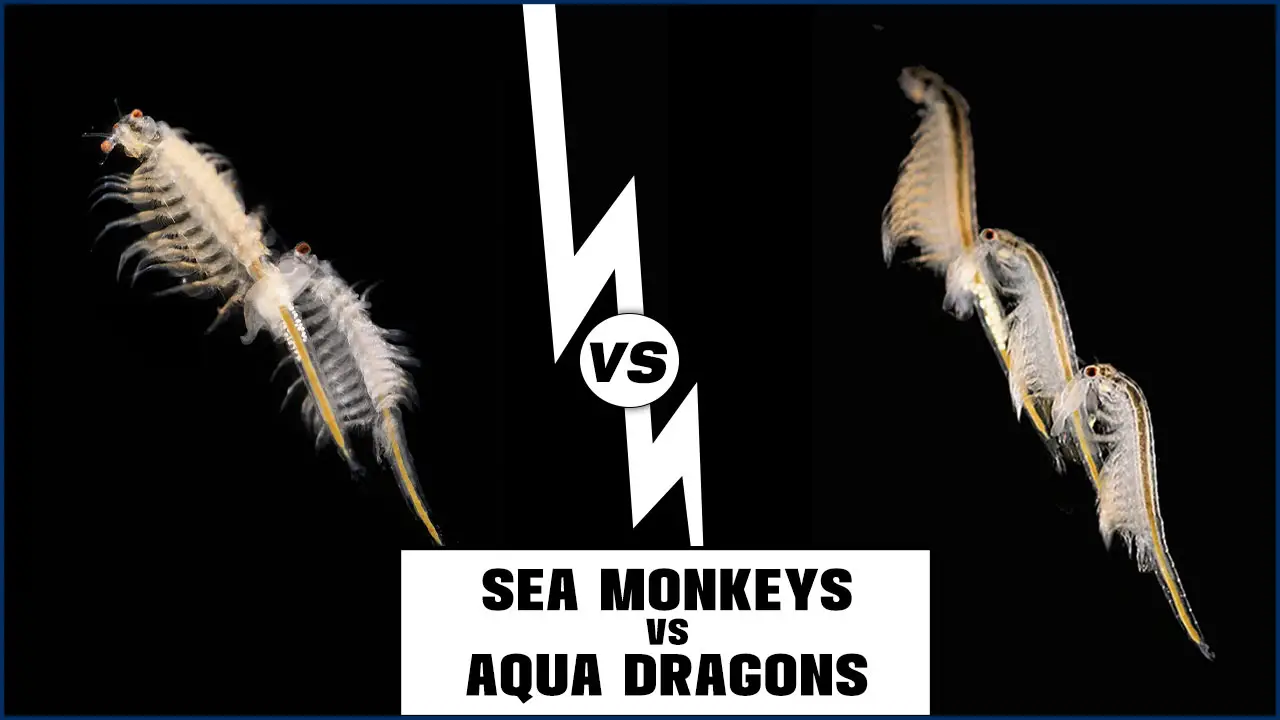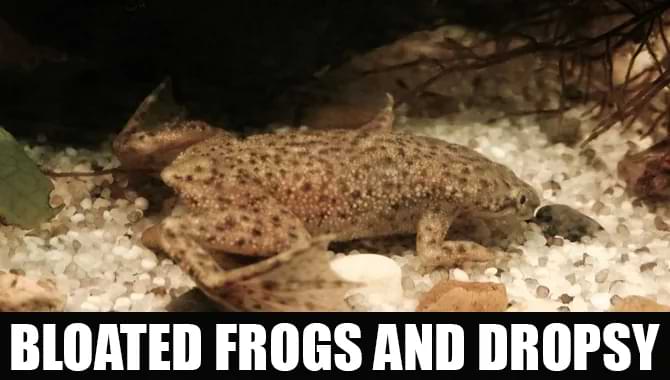Aqua Dragons Vs Sea Monkeys Vs Triops – A Detailed Comparison
Aquatic creatures have always captured the imagination of humans, from the mythical mermaids of...
by Frank E. Ward | Jun 9, 2023 | Research | 3 |
Aquatic creatures have always captured the imagination of humans, from the mythical mermaids of...

by Frank E. Ward | Apr 22, 2023 | Cat | 1 |

by Frank E. Ward | Jun 2, 2023 | Research | 1 |

by Frank E. Ward | Jun 18, 2023 | Cat | 1 |
by Frank E. Ward | Apr 6, 2023 | Fish | 0 |
When fish food is bland and water quality needs improvement, fish food supplements are always a...

by Frank E. Ward | Apr 20, 2023 | Fish | 0 |

by Frank E. Ward | May 3, 2023 | Dog | 0 |

by Frank E. Ward | May 30, 2023 | Research | 0 |
by Frank E. Ward | Apr 26, 2024 | Mostbet App Download Apk For Android And Ios In India 2024 - 771 | 0 |
Oddly enough, the main problems for bettors arise at the stage of installing the application form. The site has been fully translated into Urdu to make sure that all Pakistani players reach enjoy a complete experience. There’s...
by Frank E. Ward | Apr 26, 2024 | Uncategorized | 0 |
by Frank E. Ward | Apr 26, 2024 | Mostbet App Download Apk For Android And Ios In India 2024 - 771 | 0 |
Oddly enough, the main problems for bettors arise at the stage of installing the application form. The site has been fully translated into Urdu to make sure that all Pakistani players reach enjoy a complete experience. There’s...
Read Moreby Frank E. Ward | Apr 26, 2024 | Mostbet App Download Apk For Android And Ios In India 2024 - 771 | 0 |
Customers from Bangladesh can play online for free in the demo version. It is impossible to win real finances in it because bets are made on virtual chips. However, gamblers have an excellent opportunity to test out the bets...
Read Moreby Frank E. Ward | Apr 26, 2024 | Mostbet App Download Apk For Android And Ios In India 2024 - 771 | 0 |
The date and time and counting stops may vary with regards to the game selected. Mostbet also provides a Mostbet casino app for iPhones and iPads. You can follow the same steps as listed above for the Android download and...
Read Moreby Frank E. Ward | Apr 26, 2024 | Uncategorized | 0 |
{“detail”:”Request Processing Time Exceeded Limit”}{“detail”:”Request Processing Time Exceeded Limit”}Content{“detail”:”Request Processing Time Exceeded...
Read Moreby Frank E. Ward | Apr 26, 2024 | Uncategorized | 0 |
Mostbet Giriş Güncel Adresi 2024 ️ Most Bet Casino Ve Bahis”mostbet Bahisçisi: En İyi Oranlar Ve Çevrimiçi Canlı Bahis DeneyimiContentMostbet Türkiye Canlı BahisMostbet Web SitesiMostbet Tr Resmî Web Sitesinde Giriş Ve...
Read Moreby Frank E. Ward | Apr 26, 2024 | Uncategorized | 0 |
Casino Sitelerinin Adresleri 2024 En Iyi Ve En Güvenilir Canlı Online CasinolarYeni Casino Sitelerinin Adresi 2024 Çıkan Sitesi, En Yeni Açılan Casin > Cafe 21ContentÇevrimiçi Bir Kumarhane Nasıl SeçilirEn İyi Ve Güvenilir...
Read More
